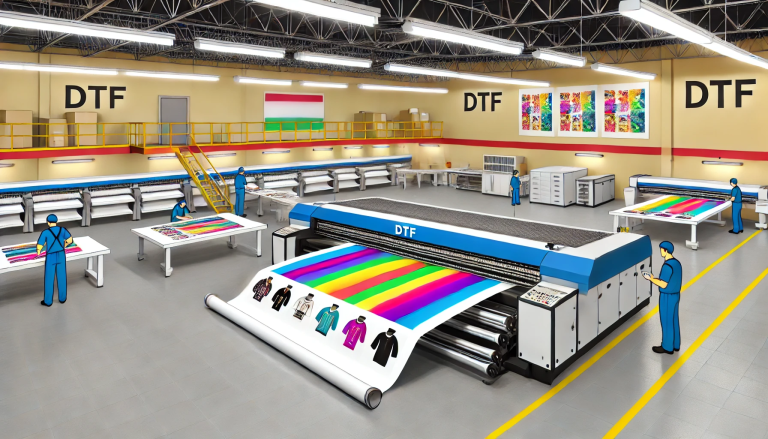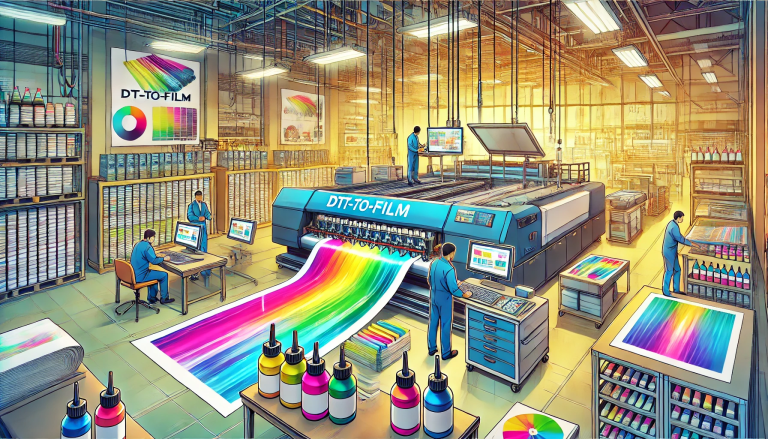In recent years, Direct to Film (DTF) transfer technology has emerged as a groundbreaking solution in the textile printing industry, offering unparalleled durability, versatility, and color vibrancy. This innovative printing technique has not only transformed the way designs are transferred onto fabrics but also significantly enhanced the longevity of printed materials. As the demand for high-quality, long-lasting prints continues to rise, understanding the factors that contribute to the longevity of DTF transfers becomes increasingly important for both consumers and manufacturers.
DTF transfer involves printing a design onto a special film before transferring it onto fabric using a heat press. This method stands out for its ability to adhere to a wide range of textiles, including cotton, polyester, and blends, without the need for pretreatment processes required by other printing methods like Direct to Garment (DTG). The key to DTF transfer’s longevity lies in its unique layering process, which includes the application of a powder adhesive that ensures a strong bond between the print and the fabric, resulting in durable and wash-resistant prints.
Several factors contribute to the exceptional longevity of DTF transfers.
Firstly, the quality of the ink used plays a crucial role. DTF-specific inks are designed to be flexible and resistant to cracking, fading, and peeling, which are common issues with traditional printing methods. These inks contain a blend of pigments and binders that adhere to the film and fabric, creating prints that can withstand multiple washes without losing their vibrancy.
Another critical factor is the adhesive powder used during the transfer process.
The powder, typically made from polyurethane or similar materials, melts under heat to create a strong bond between the ink and the fabric. This bond is what gives DTF transfers their superior washability and durability compared to other textile printing techniques. The choice of adhesive powder, its application consistency, and the curing process are all pivotal in determining the longevity of the print.
The type of fabric also influences the durability of DTF transfers.
Fabrics with a tighter weave and higher thread count generally provide a better surface for the adhesive to bond, resulting in longer-lasting prints. Additionally, the care and maintenance of the printed garment play a significant role. Following proper washing and drying instructions can greatly extend the life of DTF prints, preserving their appearance over time.
Technological advancements in DTF printing equipment have also contributed to enhancing the longevity of prints. Modern DTF printers offer higher resolution and more precise ink placement, which improves the clarity and detail of prints. Furthermore, advancements in heat press technology ensure more consistent heat and pressure application during the transfer process, which is essential for achieving a strong and durable bond between the print and fabric.
The environmental impact of DTF transfer technology is another aspect worth noting. Unlike traditional printing methods that often require water and involve toxic chemicals, DTF printing is more environmentally friendly. It produces less waste and uses non-toxic inks, making it a more sustainable choice for textile printing.
In conclusion
the longevity of DTF transfer is a result of a combination of factors, including the quality of inks and adhesive powders, the type of fabric, and the technology used in the printing and transfer process. As DTF technology continues to evolve, it is expected to set new standards for durability and quality in the textile printing industry. By offering a solution that combines longevity with flexibility and environmental sustainability, DTF transfer technology represents a significant step forward in meeting the growing demand for high-quality, durable prints in the fashion and textile markets.






